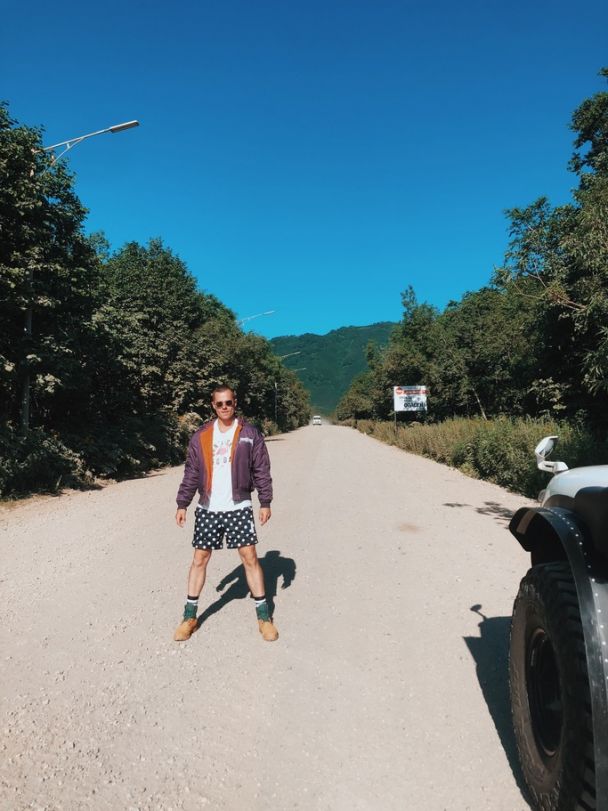Travels
Scenic Tours
About healing spa effects, exhilarating heli-skiing and the miraculous effect of wild garlic on the Cossacks.
Paratunka is not the only, but definitely the most popular spa area of Kamchatka. It is romantically surrounded by hills and breathes the healing steam all year long. In summer it is worth settling here to get acquainted with the entire collection of masterpieces of the southern part of the peninsula, in winter - to hit the slopes of volcanoes for ski tours, skijoring and even heli-skiing.

Etymology
According to Stepan Krasheninnikov, whose "Description of the Kamchatka Land" is still considered the main official source on the history of the region, Paratunka owes its playful name Paratunka to Toyon Paratun, who became famous for his remarkable negotiation skills - diplomatic relations with the Cossacks were established with minimal bloodshed, only at a price isaka (a tax paid in fur equivalent).
But there is another very curious version, which comes from the Cossacks themselves. They came to Kamchatka exhausted by the long journey and the lack of the usual southern vitamins. Having barely climbed the river and found the tundra, densely covered with fog and abundantly overgrown with wild garlic (known for it’s legendary healing effects), they immediately first attacked the wild garlic, and then the springs, and straight away they felt stronger and fresher than they were in their homeland Zaporozhye. Later the Cossacks described their experience: "We are in a place where there is steam over the tundra." That’s where the “Paratunka” (“Par” – “steam” in Russian) name comes from.


Another interpretation of the Cossack story says that Paratunka became the place of their salvation, and since the Cossacks were originally from Zaporozhye region in Ukraine, their dialect was strongly Ukrainianized in the 17th century. If you type “salvation” in Ukrainian in Google Translator, the answer will be “poryatunok”. But Cossack letters, unlike Krashenninikov's work, are not considered to be an official source.
Winter and summer
It is hard to overestimate the opportunity of enjoying your own outdoor thermal pool at the end of an exhausting but full of incredible experience day, while preparing yourself for the next one, full of new adventures. Each camping has its own, and often more than one outdoor thermal pool, and most of them work 24/7. A special kind of pleasure is to lie down in hot healing water on a winter night, when reality is drowning in endless snow, while stars tremble in the sky. However, a winter night is a poetic image, as the snow here can easily last until June.
In addition to unconditional pleasure, water rich in sodium, potassium and sulfates also gives few benefits to the body. They also use a lot the hydrogen sulfide silt mud from Lake Utinoe (duck lake – in Russian), and promote the healing blue-green algae growing at the bottom of the pools - especially to treat skin diseases.
Winter Paratunka is not less attractive than summer one, but please keep in mind that getting out of here can be difficult - during cyclones, the roads are covered with snow and the car cannot pass, sometimes even a snowmobile gets stuck and you have to take out tourists one by one on a mountain bike ... The most popular and accessible winter entertainment is ski touring, which has no route restrictions. The more expensive segment is skijoring with snowmobile casts, and the luxury is, of course, heli-skiing. In the group version, it will cost about 50,000 rubles per day, in the individual version - even more expensive, but you can choose absolutely any slope.




 7 min
7 min